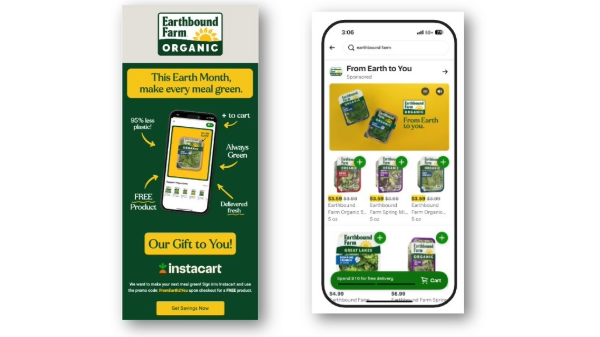Welcome to Blue Book!
Are you ready to join the thousands of companies who rely on Blue Book to drive smarter decisions? View our plans and get started today!
Still have questions? We’d love to show you what Blue Book can do for you. Drop us a line– we’ve been waiting for you.

One item that keeps circulating on social media is about 250 million-year-old Himalayan salt that has a “best by date” of 2022.
Salt that has lasted since the Jurassic era but goes bad soon after you buy it. The ultimate “just my luck” story.
Major British grocery chains such as Waitrose, Sainsbury, and Marks & Spencer have taken the measure in hand by expunging “best by” dates from their products, reports the Associated Press.
The reason being that this kind of labeling induces consumers to throw away perfectly good food, thereby contributing to waste.
There’s a major difference between “best by” and “use by” dates. The latter are telling you that if you don’t consume the product (milk, say) within a week or so of that date, it will go bad. But when it comes to rules, the definition is the same: there is no official expiration date rule for food in the U.S., except for infant formula. From the USDA’s Food Safety and Inspection Service:
Does Federal Law Require Food Product Dating?
Except for infant formula, product dating is not required by Federal regulations.
For meat, poultry, and egg products under the jurisdiction of the Food Safety and Inspection Service (FSIS), dates may be voluntarily applied provided they are labeled in a manner that is truthful and not misleading and in compliance with FSIS regulations.[2] To comply, a calendar date must express both the month and day of the month. In the case of shelf-stable and frozen products, the year must also be displayed. Additionally, immediately adjacent to the date must be a phrase explaining the meaning of that date such as “Best if Used By.”
Are Dates for Food Safety or Food Quality?
Manufacturers provide dating to help consumers and retailers decide when food is of best quality. Except for infant formula, dates are not an indicator of the product’s safety and are not required by Federal law.
Like many Americans, I imagine, I have used milk well past the “use by” dates, employing, of course, the time-honored ritual of sniffing it to see if it has gone sour.
ReFED, a New York organization that studies food waste, says that 35 percent of food produced in the U.S. is wasted, mostly by households. Seven percent of U.S. food waste is caused by confusion over “best by” labeling.
In 2019, the federal Food and Drug Administration recommended that producers use “best if used by” for freshness and “use by” for perishable goods.
But requirements are loose, and, again, only infant formula is actually required to employ an expiration date.
Following these recommendations, some U.S. chains—including Walmart—have shifted their store brands to standardized “best if used by” and “use by” labels. The Consumer Brands Association, which represents big food companies like General Mills and Dole, also encourages members to use those labels.
Unlike the British, American supermarkets have made no effort to remove “best by” labeling from products.
Rather, the emphasis will be on educating consumers about food waste.
I’m glad that this is getting sorted out. I would feel bad about throwing away my 250-million-year-old Himalayan salt when it was still good.








